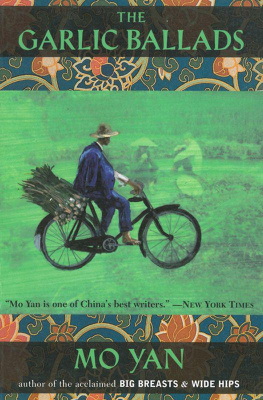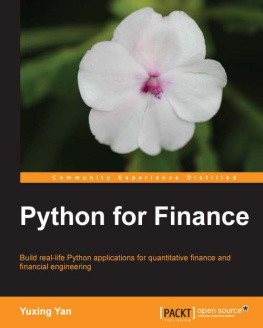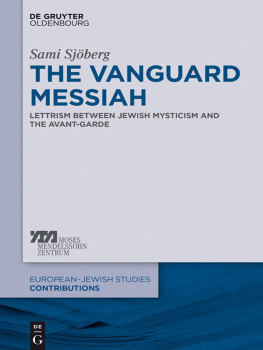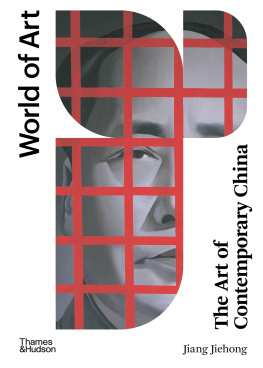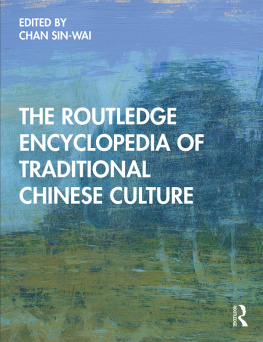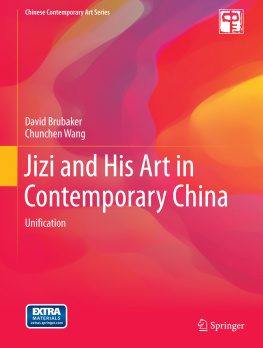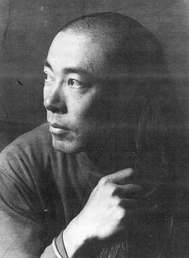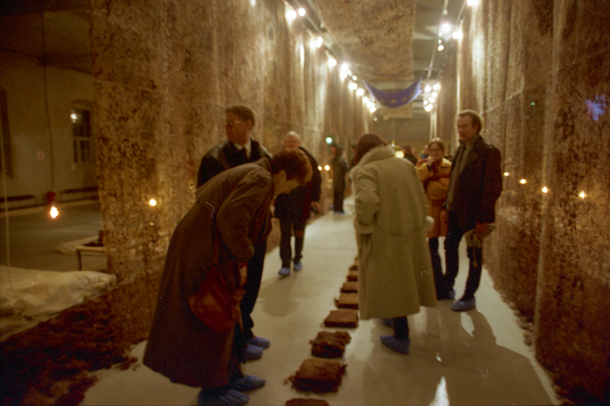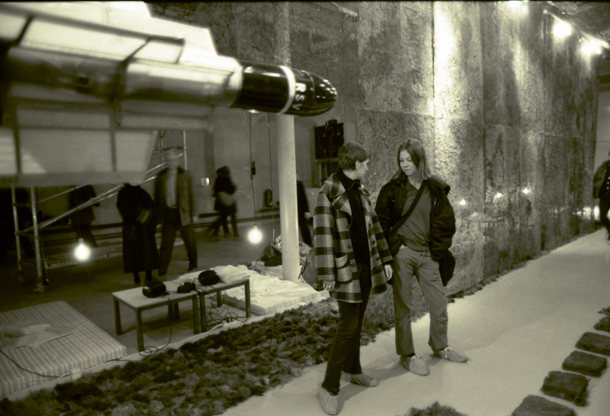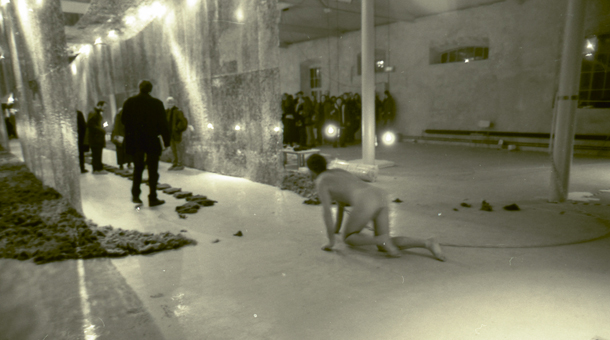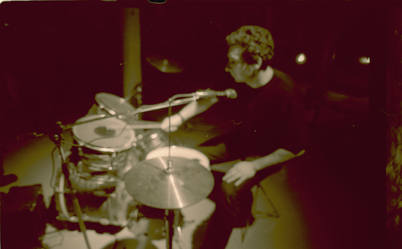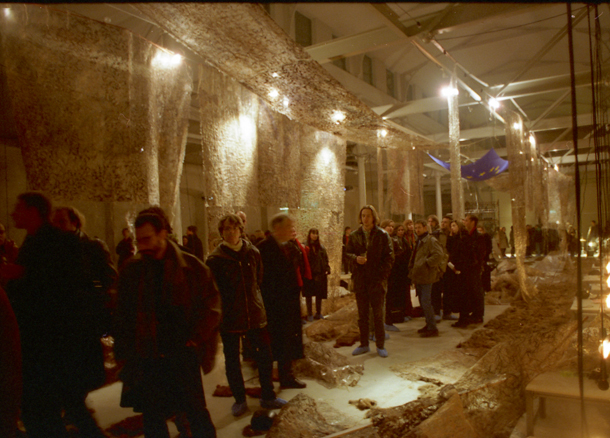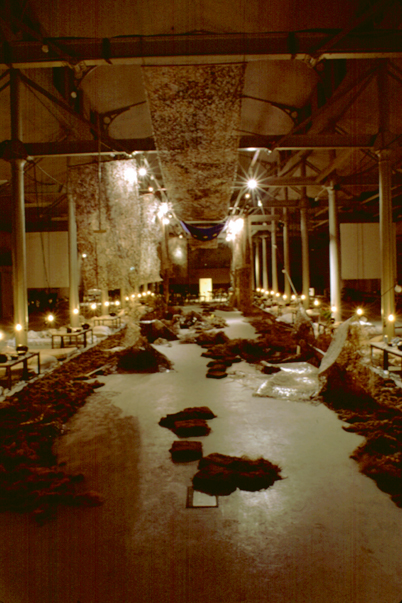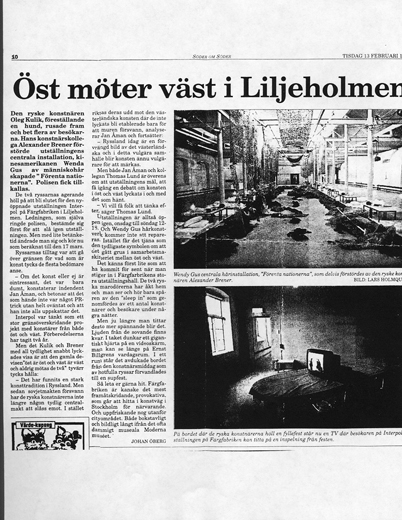1. Introduction
1.1 Prelude
The purpose of this dissertation is to investigate the statements, actions, and art of Wenda Gu ).
Fig. 1.1
Portrait of Wenda Gu, 1996, photographer unknown.
In order to illustrate culture s centrality in contemporary, international art and Wenda Gu s understanding and critique of it, an exhibition titled InterpolA Global Network from Stockholm and Moscow provided an informative moment (Figs. ). The exhibition, held at Fargfabriken Center for Contemporary Art and Architecture in Stockholm, Sweden, opened on February 2, 1996. The show had been prepared for 2 years through the collaboration of Swedish and Russian curators and artists, in addition to several artists from China, France, Germany, Greece, and Slovenia. The major curators, Jan Aman , the director of Center for Contemporary Art and Architecture in Stockholm, and Victor Misiano , the director of Russian Contemporary Art Center, Moscow, were well-known critics. Thirty artists were invited to participate in the exhibition. The theme the curators chose was confrontation and collaboration between East and West.
Fig. 1.2
Wenda Gu, United NationsSwedish and Russian Monument: Interpol, installation, at the InterpolA Global Network from Stockholm and Moscow, Fargfabriken Center for Contemporary Art and Architecture in Stockholm, Sweden, 1996.
Fig. 1.3
Wenda Gu, United NationsSwedish and Russian Monument: Interpol, installation, at the InterpolA Global Network from Stockholm and Moscow, Fargfabriken Center for Contemporary Art and Architecture in Stockholm, Sweden, 1996.
Wenda Gu was the only Asian artist who was invited to participate in this East meeting West show. He proposed an installation, calling it Swedish and Russian Confrontational Division: Interpol (to keep consistency with the rest of the series, it had been changed to Swedish and Russian Monument: Interpol later) as part of his human hair project United Nations. The United Nations is an ongoing project started in 1992. Made of human hair collected from every country where individual installation is built, this project was about to show his ideas of reconciliation and integrity of different cultures .
The proposal had been accepted by the two curators, and featured as the central piece in the huge exhibition hall, which occupied one third of whole display area. The final piece was a 100-ft-long, 14-ft-high, and 16-ft-wide hair tunnel made of Swedish hair. It consisted of hair bricks, hair curtains (or screens/walls), and simply hair piles. There was a surface-to-air missile, loaned from the Royal Swedish Army, suspended in the center. A huge flag of the European Union was stretched horizontally above. The missile seemed to run through the long, narrow hair tunnel that, according to the artist, became a hint of using military action to control the cultural battle .
There was tension in the air as soon as the exhibition opened. Oleg Kulik , a Russian artist, was naked and performed as a chained dog (Fig. ). Suddenly, he ran into the hair work, United Nations, and started to destroy the installation. The audience was stunned. In no time the work was totally destroyed, and Brener ran away from the exhibition before the audience could react.
Fig. 1.4
Oleg Kulik, Russian artist, was naked and performed as a chained dog at the opening of exhibition InterpolA Global Network from Stockholm and Moscow, Fargfabriken Center for Contemporary Art and Architecture in Stockholm, Sweden, 2/2/1996.
Fig. 1.5
Alexandr Brener, Russian artist, pounded a set of drums and shouted, at the opening of exhibition InterpolA Global Network from Stockholm and Moscow, Fargfabriken Center for Contemporary Art and Architecture in Stockholm, Sweden, 2/2/1996.
The audience screamed in shock and then was silenced by such a Happening (Fig. ). The local police department was called immediately. Scores of media reporters arrived shortly, along with the police officers. Kulik s performance was stopped and he was detained to prevent further attacks while Brener escaped from the scene.
Fig. 1.6
Wenda Gu, United NationsSwedish and Russian Monument: Interpol, installation, after destruction by Russian artist Alexandr Brener, at the InterpolA Global Network from Stockholm and Moscow, Fargfabriken Center for Contemporary Art and Architecture in Stockholm, Sweden, 2/2/1996.
Fig. 1.7
Wenda Gu, United NationsSwedish and Russian Monument: Interpol, installation, after destruction by Russian artist Alexandr Brener, at the InterpolA Global Network from Stockholm and Moscow, Fargfabriken Center for Contemporary Art and Architecture in Stockholm, Sweden, 2/2/1996.
In the following days, this Happening hit the headlines in the Swedish press, as well as in newspapers of Norway, Denmark, France, and England (Fig. ). Major art periodicals, such as Flash Art , Art in America , and Art News , also reported this dramatic incident.
Fig. 1.8
Medias reaction to the Happening (see Figs. ).
The exhibition seemed not to have been simply an artistic event from its very beginning. The project was initiated from the meeting in 1994 between Victor Misiano and Jan Aman , two leading critics from Russia and Sweden, respectively. This meeting focused on the subject of the exhibition: peoples psychological and spiritual sense of separation and contradictions after the collapse of Berlin Wall . When the communist system had been dismantled and capitalism claimed its victory across Europe, the tensions and contradictions between two kinds of societies, systems, and ideologies in peoples mind persisted. In fact, they deepened, so it seemed that a new Berlin Wall arose in peoples minds, which became insurmountable. To reflect on this historical phenomenon in art, these two critics decided to curate an exhibition, titled Interpol, the abbreviation of International Police Organization, which implied conflict and confrontation. The two curators selected Russian and Swedish artists, respectively; in turn the chosen artists chose several artists from other countries (an interesting recruiting procedure!).


